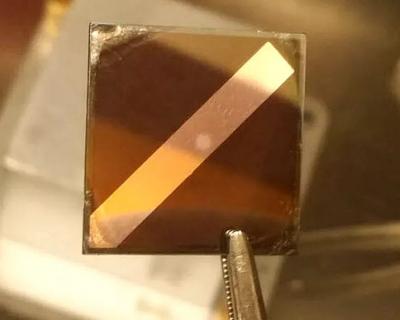A team of researchers from the University of Potsdam and HZB has identified loss processes in perovskite solar cells that limit their efficiency, and found that the most significant efficiency losses occur at the interface between the perovskite and transport layer.

In certain defects in the crystal lattice of the perovskite layer, charge carriers (i.e. electrons and "holes") that have been released by sunlight can recombine again and thus be lost. But whether these defects were located within the perovskite layer or at the interface between the perovskite layer and the transport layer was unclear until now.
"In this way, we were able to calculate the losses at every point of the cell and thereby determine that the most harmful defects are located at the interfaces between the perovskite absorber layer and the charge transport layers", reports Unold. This is important information for further improving perovskite solar cells, for instance by means of intermediate layers that have a positive effect or through modified fabrication methods.
Using with this newly acquired information, the team was able to develop 1 cm2 perovskite cells with 19.83% certified efficiency, stabilized power output, a high VOC (1.17'V) and record fill factor (>81%). This was achieved by inserting ultra thin layers between the two, leading to substantial loss reduction at both the p and n contacts.
The researchers also stated that this method allowed them to produce cells with efficiencies higher than 20%, and that modified fabrication methods could provide another solution to the problem observed.

